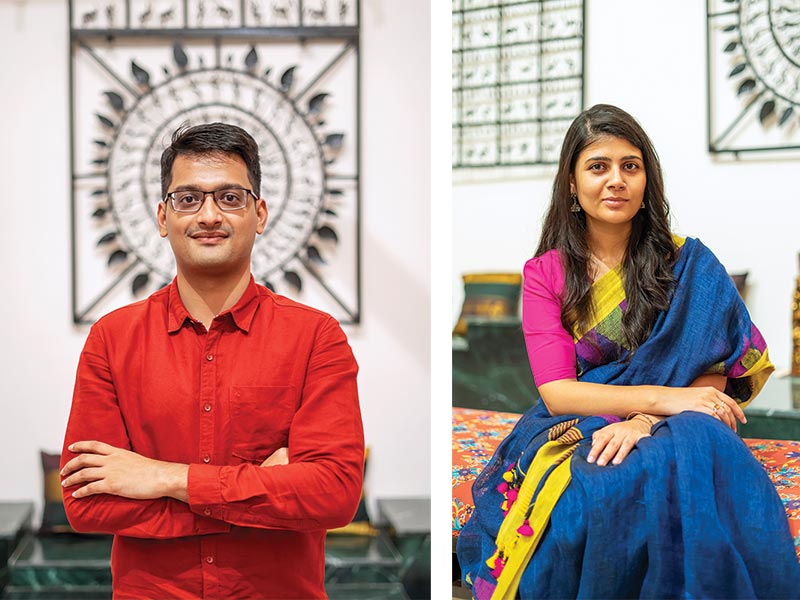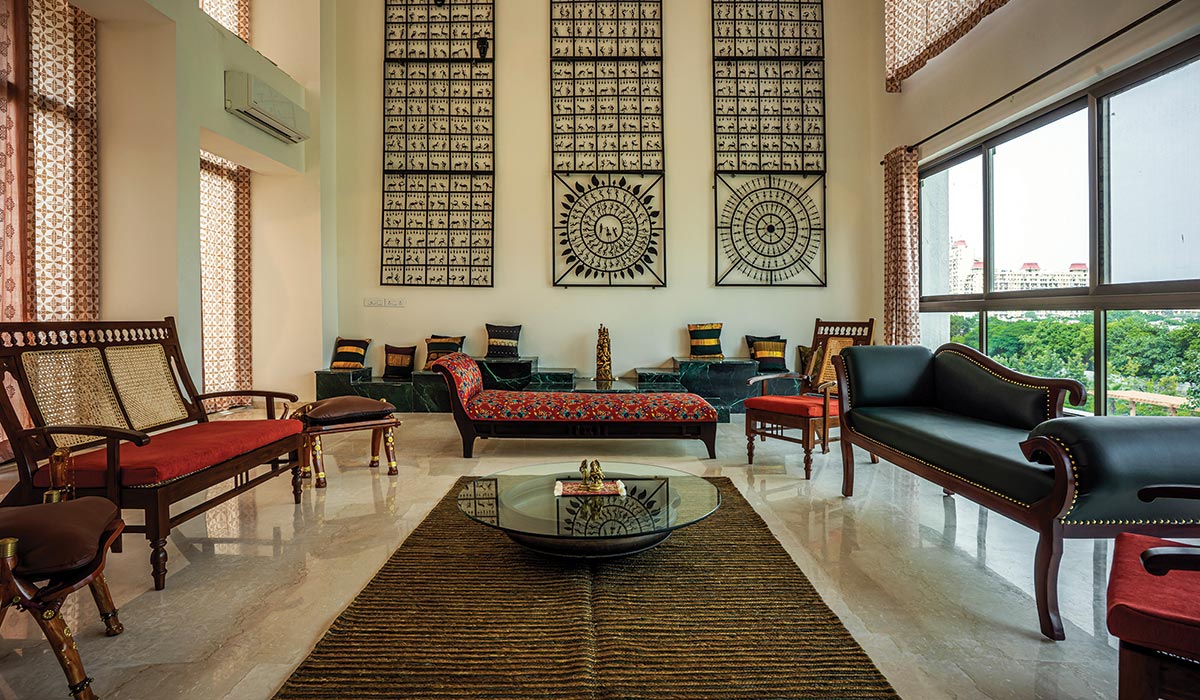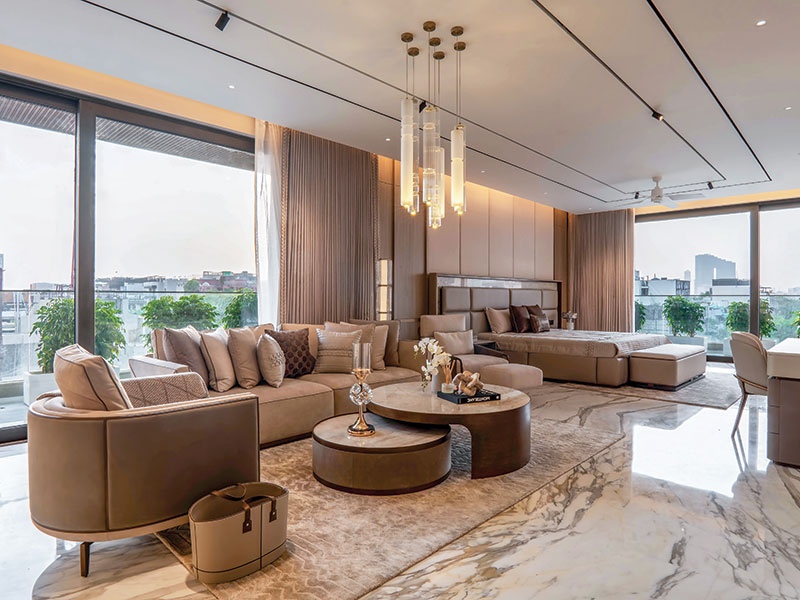
Architects and Planners envision sustainability taking two very different dimensions, where one direction is technology and software-based pertaining to robotics, machinery and engineering operatives at sites. The other dimension is going back to our roots - leading to a reinvention of vernacular and passive technologies to aid sustainable solutions and create net-zero environments. We have already started seeing the influences of vernacular takeover in the architecture industry in the last two years.
Artificial intelligence-based construction activities have become a new go-to today for infrastructural development of smart cities.
New Delhi is already considered to be a smart city wherein the citizens are provided with CCTVs and other security systems, free wifi, and decent infrastructure amenities, using which, the traffic, population movement etc is easily tapped. The authorities now envisage a similar infrastructure for tier-II cities.

This construction method is mostly dependent on comprehensive and efficient project management systems for seamless planning of construction. For instance, the SPOT robot, that can self-record and analyse daily site progress is undergoing vigorous testing and initial applications. This new-age technology, coupled with carbon neutral infrastructure amenities using large scale solar PV and mandatory recycled water, will take over the future development of new cities in India as well.
As far as social spaces that encourage community living are concerned, the pandemic has largely affected the way they used to be designed.
At least for the next half-decade, people at large look forward to more outdoor-based well-ventilated spaces like pavilions and sit-out areas like outdoor cafes. The idea is to avoid staying in improperly ventilated, unhygienic indoors, which further dictates the design language for outdoor and community spaces.
India has intrinsically been an outdoor-based community where all ‘grams’ were found with ‘chabutras’ under a banyan tree, or windy oriels facing street alleys, serving as interactive spaces in villages and towns. With the introduction of air conditioning systems, people began living in an artificially controlled environment. The global outbreak has transformed lifestyles teaching us once again the significance of fresh air, wherein the local city parks are seeing a major revival. The notion is to outline social spaces which are safe and at the same time, not controlled by suffocating building environments.















